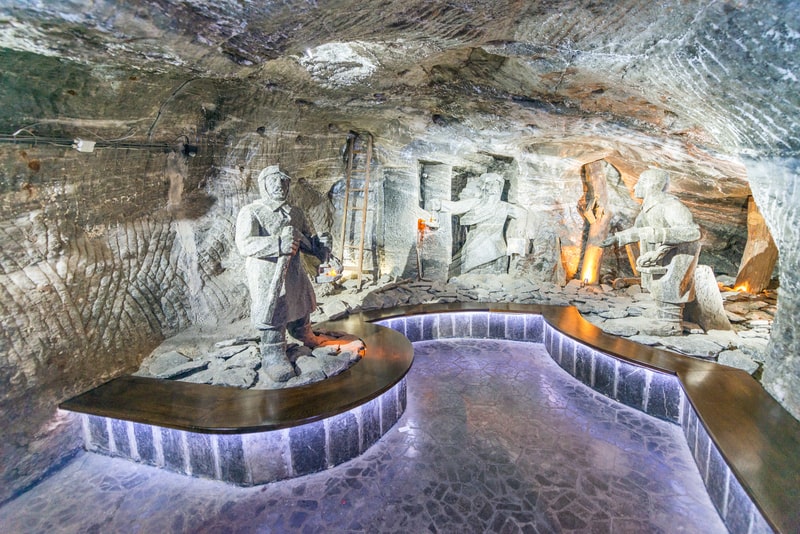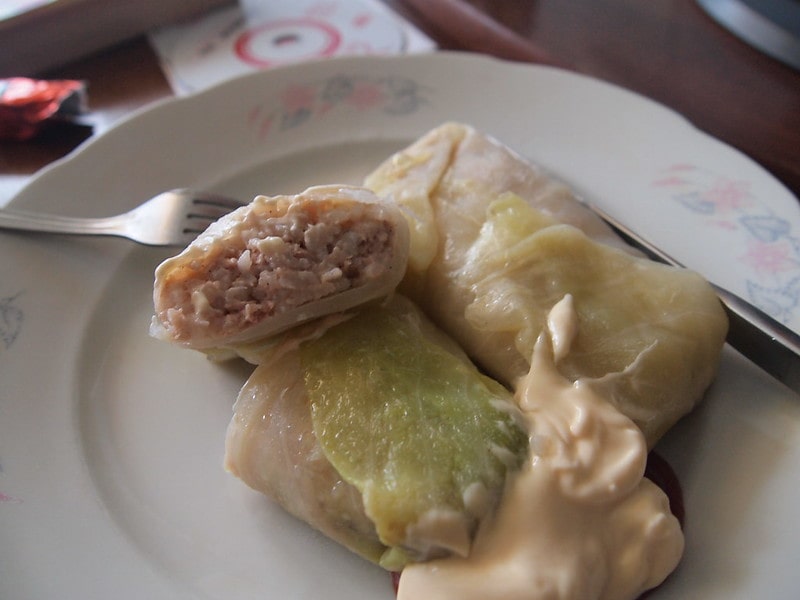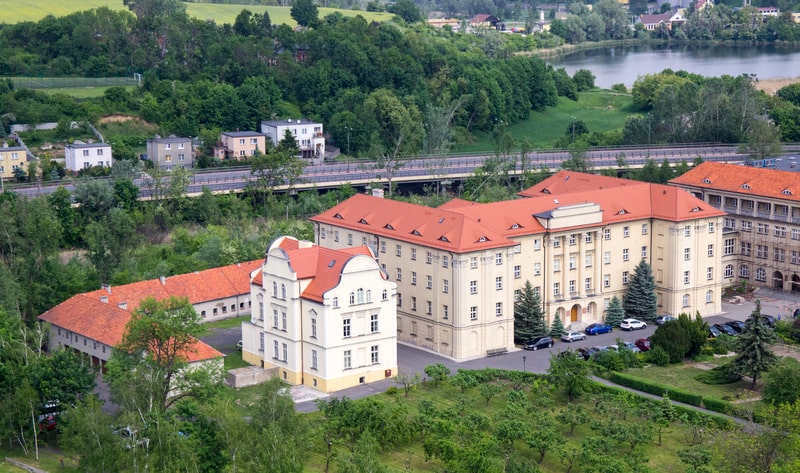Last updated on March 25th, 2022
37. Valentine’s Day is also referred to as the Feast of St. John the Baptist’s Day — which is another nod to the country’s, particularly religious culture and outlook. Saint Valentine of Rome was martyred on February 14 in AD 269.
38. Importantly, the celebrations of the Feast of St. John the Baptist’s Day include floating wreaths with candles from one side of a river to the next. Legend has it that if one of these wreaths floats to you then you will be lucky in love.
39. Perhaps the most surprising fact on this list is that the Polish language is difficult to learn. So much so, that even Polish natives have a difficult time speaking and writing it correctly sometimes. Polish is a very difficult language to learn as an adult English speaker, for two formidable reasons: The sounds you need to produce and understand, and the grammar.

40. Considered the world’s most famous astronomer and mathematician, Nicolaus Copernicus is a Polish man credited with discovering that the earth revolves around the sun and not the other way around.

41. The Wielickzka Salt Mine is one of the most intriguing sites to see and enjoy when visiting Poland. For starters, it is the only salt mine still in existence today that dates back to the middle ages.
42. The Wieliczka Salt Mine has nine levels and the salts extracted from there is derived from Miocene.

43. Polish food is known for its many flavors and the dumplings are top tier on the list. The doughy delights filled with a variety of fillings are known as Pierogies and are popularly served with sour cream, onions, or greaves.
44. In addition to some of the tallest and the biggest, Poland is also home to some of the oldest. Poland is home to Jagiellonian University which is the second oldest institution of its kind in Europe.

45. The Jagiellonian University was founded in 1364 by King Casimir III the Great and is home to 43,405 students today. Some of Poland’s most famous names (like Nicolaus Copernicus) hail from there.
46. Poland is home to both the first and the second Universities in Europe. Poland’s and Europe’s first University was founded in 1348 before the Jagiellonian University in Prague.
47. Historically, Poland is an important factor in the second World War. Unfortunately, it was the home of the largest mass murder of that era, and the same took place in Auschwitz-Birkenau.
48. Polish weather can be brutal. Live there long enough and you will soon find yourself enduring winters that last far too long. It is for this reason that the first day of Spring is celebrated with such grand fanfare in Poland. On the first day of Spring is a way to say goodbye to winter, and includes children making a Marzanna (a straw doll with beautiful colorful ribbons) and playing truancy. Once the Marzanna is made, adults will help set it on fire while the whole group casts it into the river. This is one of the traditions that the Poles look forward to the most.

49. If you were asked about the capital of Poland today, you would happily say Warsaw. However, Warsaw is not the first capital of Poland. The first capital was Gniezno – which is where the Polish nation state was first established. Thereafter, the second capital was Krakow. It was only thereafter that Warsaw became the capital of Poland. Importantly, Krakow is still considered across the country as the ‘culture capital’ or ‘artistic capital’ of Poland.
50. Like many European countries, Poland is the home to many historical dynasties and powerful cities, kings, and queens. Among Poland’s treasures was the Jagiellonian Dynasty which was home to some of the largest fortunes across Europe. According to some records, this Dynasty had treasures of the King that were more spectacular than those found in other major European cities like Venice and Rome. This history is one that the Polish people are still very proud of, and rightly so.
Poland – country at a glance
| Independence | 11 November 1918 (republic proclaimed); notable earlier dates: 966 (adoption of Christianity, traditional founding date), 1 July 1569 (Polish-Lithuanian Commonwealth created) |
|---|---|
| Capital City | Warsaw 52°13′N 21°02′E |
| Largest City | Warsaw 52°13′N 21°02′E |
| Total area | total: 312,685 sq km land: 304,255 sq km water: 8,430 sq km |
| Population | 38,093,101 (2022 est.) |
| Official Language | Polish |
| Borders | Belarus 375 km, Czechia 699 km, Germany 467 km, Lithuania 100 km, Russia (Kaliningrad Oblast) 209 km, Slovakia 517 km, Ukraine 498 km |
| Currency | Polish złoty (PLN) |
| Suffrage | 18 years of age; universal |
| Demonym | Polish, Pole |
| Life expectancy | 78.76 years (2022 est.) |
| Climate | temperate with cold, cloudy, moderately severe winters with frequent precipitation; mild summers with frequent showers and thundershowers |
| Terrain | mostly flat plain; mountains along southern border |
| Highest point | Rysy 2,499 m |
| Lowest point | near Raczki Elblaskie -2 m |
| Mean elevation | 173 m |
| National anthem | "Mazurek Dabrowskiego" (Dabrowski's Mazurka) |
| National holiday | Constitution Day, 3 May (1791) |
| Government type | parliamentary republic |
| President | Andrzej Duda |
| Prime Minister | Mateusz Morawiecki |
| National colors | white, red |
| National symbol | white crowned eagle |
| Natural resources | coal, sulfur, copper, natural gas, silver, lead, salt, amber, arable land |
| Agricultural land | 48.2% |
| Birth rate | 8.5 births/1,000 population (2022 est.) |
| Death rate | 10.71 deaths/1,000 population (2022 est.) |
| Sex ratio | 0.94 male(s)/female (2022 est.) |
| Industries | machine building, iron and steel, coal mining, chemicals, shipbuilding, food processing, glass, beverages, textiles |
| Exports | $333.54 billion (2020 est.) cars and vehicle parts, seats, furniture, computers, video displays (2019) |
| Imports | $292.44 billion (2020 est.) cars and vehicle parts, crude petroleum, packaged medicines, broadcasting equipment, office machinery/parts (2019) |
| GDP - per capita | $32,200 (2020 est.) |
| Time Zone | CET (UTC+1) |
| Internet country code | .pl |
| Drives on the | right |
| Calling Code | +48 |
| Table last updated | July 25, 2022 |
